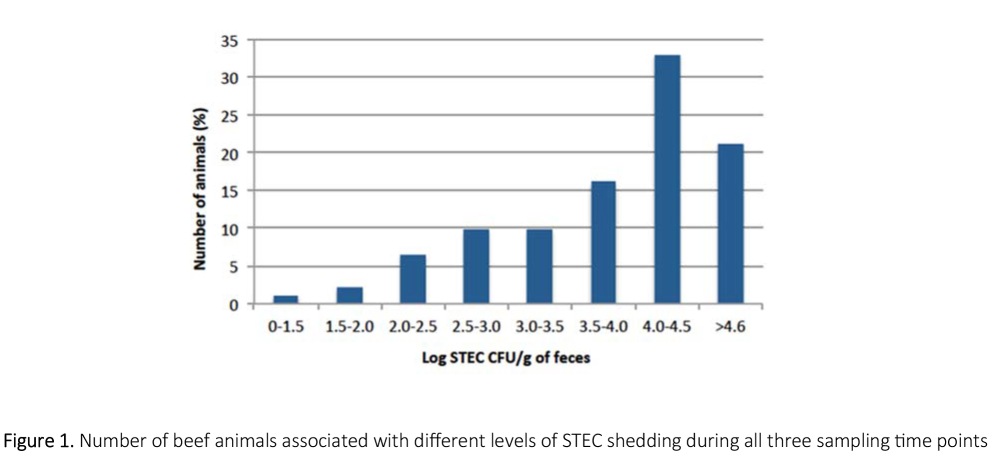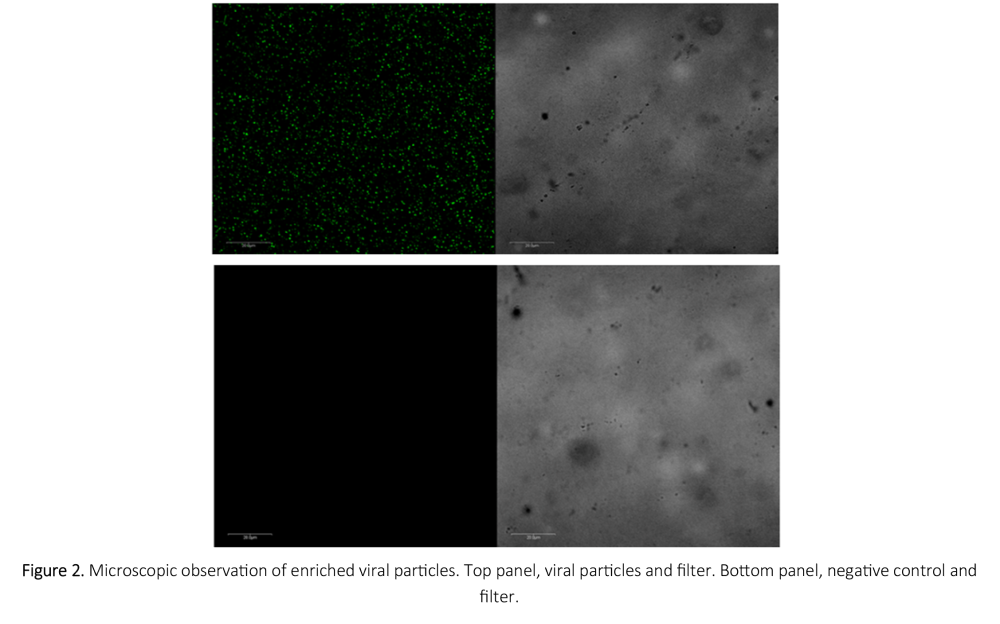Project Summary
Phage Therapy to Control E. coli O157 and Other Non‐O157:H7 Shiga‐toxin Producing E. coli (STEC) in Beef Cattle—Phase I
- Principle Investigator(s):
- C. Anderson, C. J. Schneider, T. Klopfenstein, G. Erickson, S. C. Fernando
- Institution(s):
- Department of Animal Science, University of Nebraska-Lincoln
- Completion Date:
- May 2013
Background
Cattle constitute a major natural reservoir of STEC, and cattle farming can be considered a major point at which intervention strategies can be targeted to minimize the prevalence of these pathogens. Reducing the load of pathogenic STEC at pre‐harvest, can lead to significant improvements in the safety of beef throughout the food chain right up to the consumer. Many studies have shown that most bacteria carry natural bacteriophages that specifically attack bacterial cells and control bacterial cell populations. These bacteriophages attack and replicate within host bacterial cell and ultimately kills the cells. This interaction is very similar to the predator‐prey relationship in nature. However, this interaction is unique as it is species specific, therefore each bacteriophage has its host bacterial strain that it will seek and destroy without influencing any other bacterial populations in a community. Therefore, phage therapy (treating animals with bacteriophages against STECs) may be a viable strategy to reduce or control pathogenic E. coli populations in cattle. This study uses novel phage isolation methods to identify the microbial and phage community in cattle to mitigate E. coli outbreaks and conducts a comprehensive investigation of the fecal microbial community to isolate bacteriophages against STECs to develop a new approach to reduce pathogenic E. coli shedding in cattle.
The objectives of this study were to 1) identify animals that shed pathogenic E. coli and 2) isolate novel bacteriophages that attack STECs that reduce pathogenic E. coli shedding.
Methodology
During August to September 2012, rectal grab samples of feces were collected from 336 animals which were on 3 different diets; Control, Wet Distiller’s Grains with Solubles (WDGS), and Dried Distiller's Grains with Solubles (DDGS) and housed at the ARDC Mead UNL research facility. Each of these fecal samples was subjected to microbiological analysis to detect and quantify Shiga toxin‐producing E. coli (STEC) in feces. Briefly, for each fecal sample, 10 g was diluted in 90 mL of phosphate‐buffered tryptic soy broth and was blended with a stomacher at 200 rpm for 1 minute. From each fecal suspension, a 1 mL aliquot was removed, and 50 microliters was plated on the surface of a CHROMagarTM STEC plate using a spiral plater and incubated overnight at 42°C. Characteristic colonies (mauve color) were counted and the number of STEC/g of feces was calculated.
Out of the positive samples for STEC shedding, isolated colonies were tested for STEC serotype using latex agglutination test kits and based on PCR assays with the aim of determining the prevalence of E. coli O157 and the ‘big six’ non‐O157 STEC (O26, O111, O103, O121, O45 and O145) among the high‐shedding animals. Based on shedding levels and serotype of STEC being released, samples were selected and the viral populations from these samples were isolated and enriched using the tangential flow system.
Findings
Cattle fecal samples have a significant proportion of viral particles present. High shedding animals are good targets to identify bacteriophages against STECs.
Implications
This new approach to control E. coli O157:H7 and other non‐O157:H7 will help make ground beef safer and will help enhance the image of the industry. This research will help provide new methods to reduce the shedding of non‐O157:H7 in cattle and will help the industry to make strategic decisions in the future to make beef safer.

